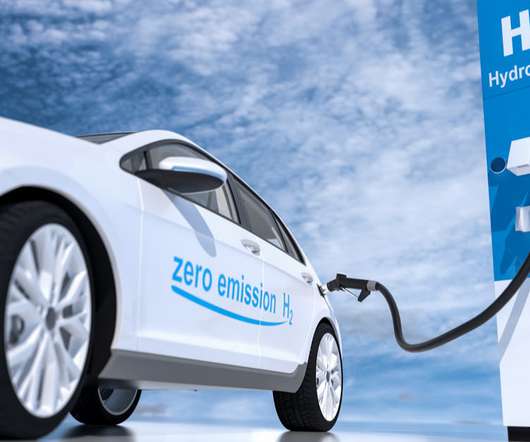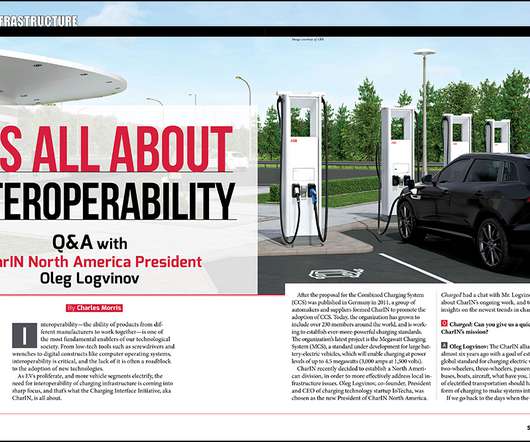New PNNL zinc-polyiodide redox flow battery offers 2x energy density of next-best system; potential for mobile applications
Green Car Congress
FEBRUARY 26, 2015
Researchers at Pacific Northwest National Laboratory (PNNL) have developed a new zinc-polyiodide redox flow battery offering more than two times the energy density of the next-best flow battery used to store renewable energy and support the power grid. Flow batteries. Source: Li et al. Click to enlarge.















Let's personalize your content